Surely someone traveling over 4,000 miles to jump into a car they’ve only driven five times, after only four hours of sleep, to drive it in a street race qualifying session on a track they’ve never driven before isn’t ideal?
That’s what Theo Bourchier did for the McLaren IndyCar team in Toronto last month, and it makes you think: Why don’t IndyCar teams have a spare engine they can access at every race?
Aside from the lack of sleep Borchardt suffered and the way it could have hampered his performance – you can’t monitor sleep after all, and Max Verstappen is usually fine after a late-night game session for example – it’s not always better to come in unprepared.
I can understand why IndyCar teams haven’t had reserve drivers in the past. It’s a big expense to consider, as those drivers need to race elsewhere to stay fit, and there may not always be drivers good enough to serve as reserve drivers in IndyCar, and we only need them a few times a season at most.
But when you go back and look at how many times there have been replacements in the last five years, it’s been about two races a season. Whether that’s lower or higher than you’d expect, it’s definitely significant.
Especially when IndyCar’s points system rewards even those who withdraw from races, and the competition is fierce among the top 22 teams in team points and a $1 million prize is awarded through the Leaders Circle Prize Fund.
It is worth noting that not all of these substitutes were injured as well.
Let’s take a look at the reasons why reserve drivers aren’t an IndyCar policy and explain why they should be.
beloved
Formula 1 has provided a model for how to move forward in a cost-effective way with reserve drivers: you can share them.
For example, Mick Schumacher is Mercedes’ reserve driver and is also available for its engine customer McLaren, and has also tested for Alpine. Uli Biermann – who got the chance to race for Ferrari in Saudi Arabia earlier this year – has raced for Haas, while Ferrari generally has a pool of drivers it uses.
IndyCar has a perfect way to emulate this: it could have one or two reserve drivers for each manufacturer with Chevrolet and Honda. Or it could have just one driver who could be available for the entire race grid if cost is a big issue.
If each team contributes $10,000, you will have a fund of $100,000 to pay for a replacement driver, and you may have a selection of drivers available in case one of your selected drivers is racing elsewhere on any given race weekend.
The pay would help a driver stay in business; almost every IndyCar seat outside the top teams requires some sort of budget unless you prove yourself worthy, and getting a seat is getting harder these days, and more quality drivers are missing out on that opportunity.
This could be more cost-effective. If Chevrolet and Honda volunteer, they could use the backup driver for simulation days at short notice when other drivers are not scheduled at the respective factories, or even just be available for advice and help perfecting the simulation software the teams write.
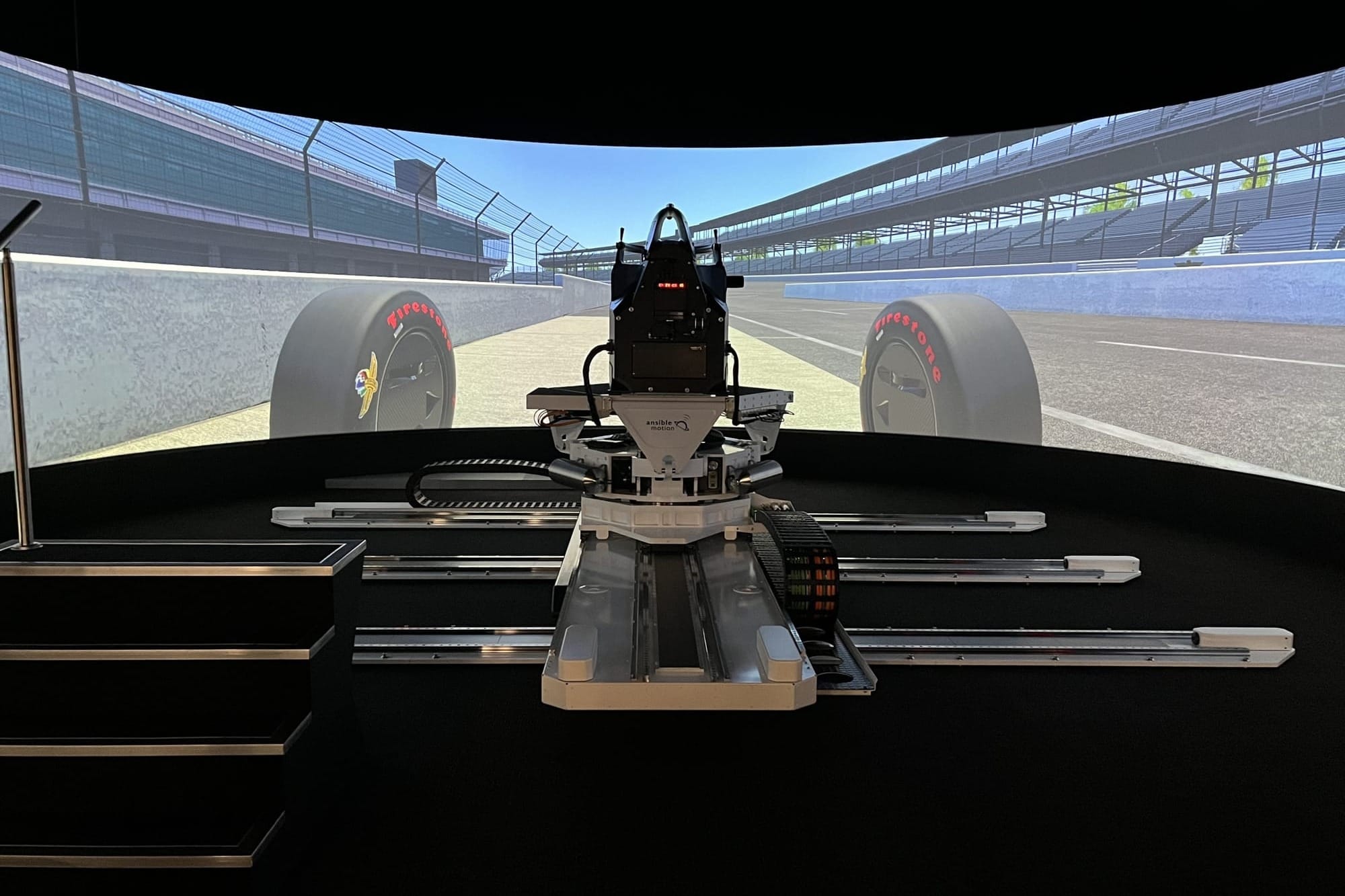
This is what most Formula 1 reserve drivers spend their time doing.
IndyCar may also step in and have that driver consult on the next chassis or development parts it plans to run, to take away any advantage of a few drivers having more information or testing than others.
There’s another point. RLL has hired Jory Phipps as a semi-reserve this year in the IndyCar and IMSA SportsCar Championship and praised his work in the simulator. He doesn’t actually have a racing program, but RLL appreciated his contribution and showed that reserves can be useful in IndyCar.
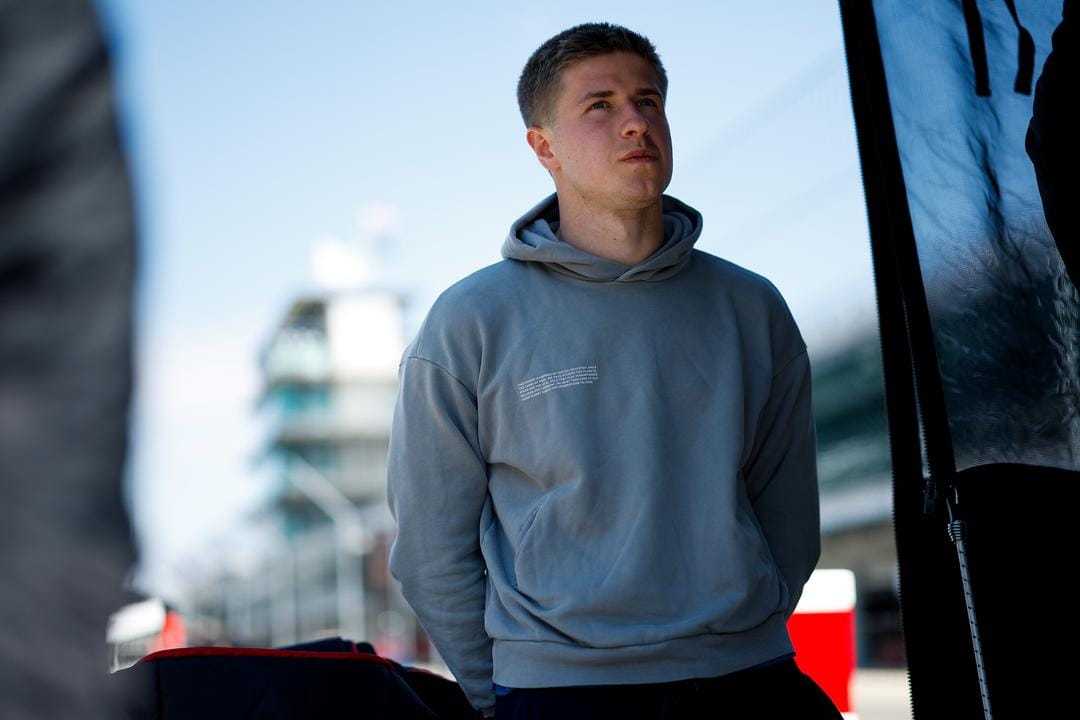
Teams can also use the reserve to entertain sponsors. One of the cornerstones of sponsor activation and revenue in IndyCar is having a driver available to give rides around the garage, chat with people about the series, and generally make sponsors feel special.
If the reserve can do this, it will allow the race drivers to focus on their performance and preparation.
Drivers must race to be smart.
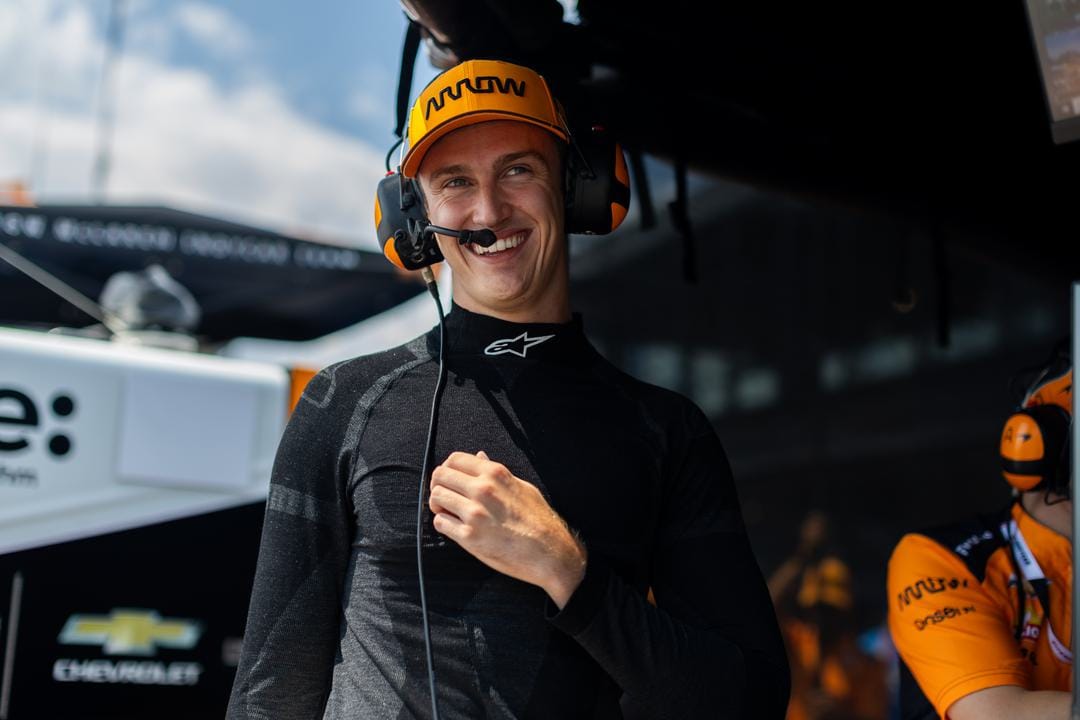
Almost all Formula 1 reserve drivers have a racing programme of some kind.
IndyCar could adopt the same model of having two or three drivers rotating and available across multiple teams if necessary, so that if one driver is racing on any given weekend, another driver is available.
Let’s use two examples of replacements from this year. If Bourchier is the replacement for Chevrolet but still races in Super Formula, Conor Daly could be available. The opposite is true if Daly races… basically anything with wheels. He drove four cars in seven days last month, including an IndyCar race as a replacement for the injured Jack Harvey in Iowa.
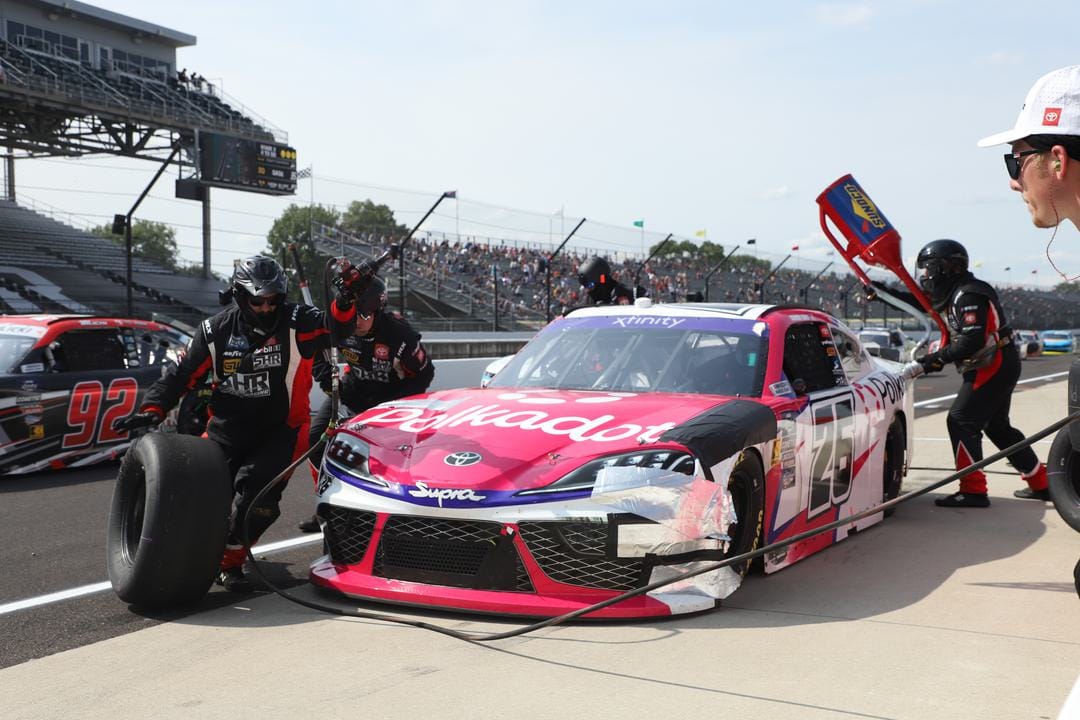
Daly is also a good example because he’s always at the top of your list if you need an oval driver. Bourchier has never raced an oval. If you’re a team that needs an oval replacement, the pool of experienced drivers you can choose from is greatly reduced.
This is another reason to always have a reserve of relevant skills.
This is only necessary a few times a season.
That’s true, and there are very few instances where a team couldn’t find the right person to lead.
However, the competition is extremely fierce in IndyCar, and being better prepared for such scenarios is certainly not a bad thing at all.
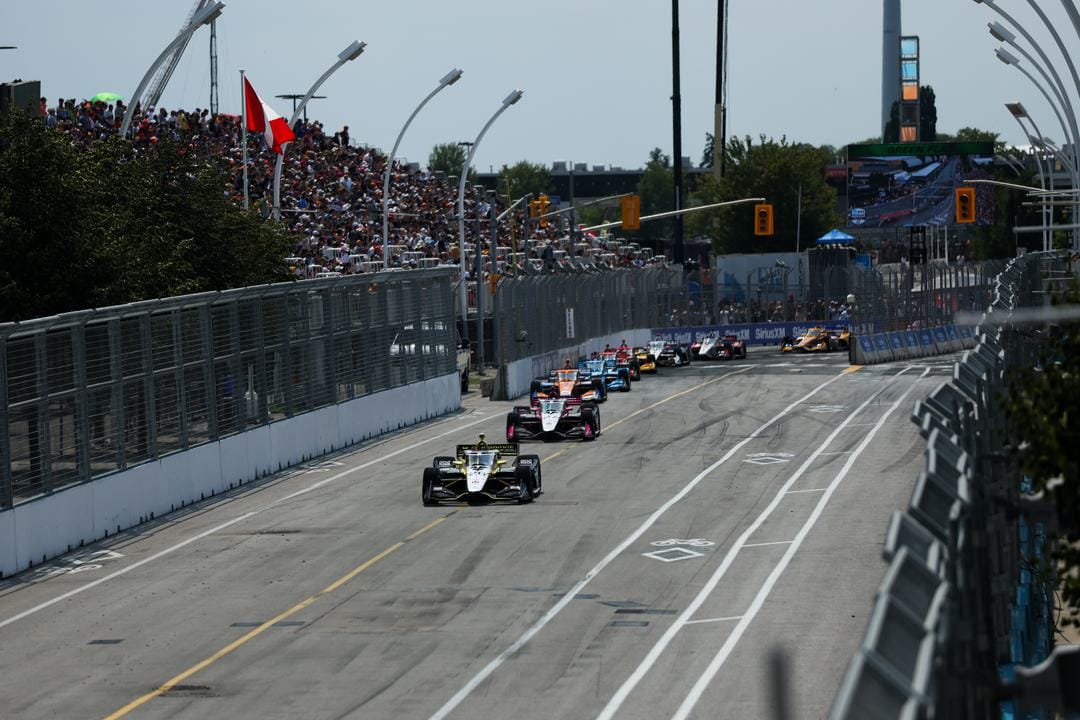
Instead of looking at substitutes as people who just need to show up, do the bare minimum and get the car home safely, if they were experienced substitutes who were used to excelling under these conditions, surely that would lead to better performance?
With $1 million on the line for the top 22 finishers — and several alternates over the past five years competing with those teams on the cusp of that list — surely better preparation makes sense?
In Formula 1, teams sometimes ignore their official reserve and choose a different driver. This would undermine the argument for having a reserve if this were the case in IndyCar, but it would be great for McLaren, for example, to have the option of having a reserve ready on site to help decide whether to move Bourchier across the Atlantic.
Drivers will receive data from competing teams.
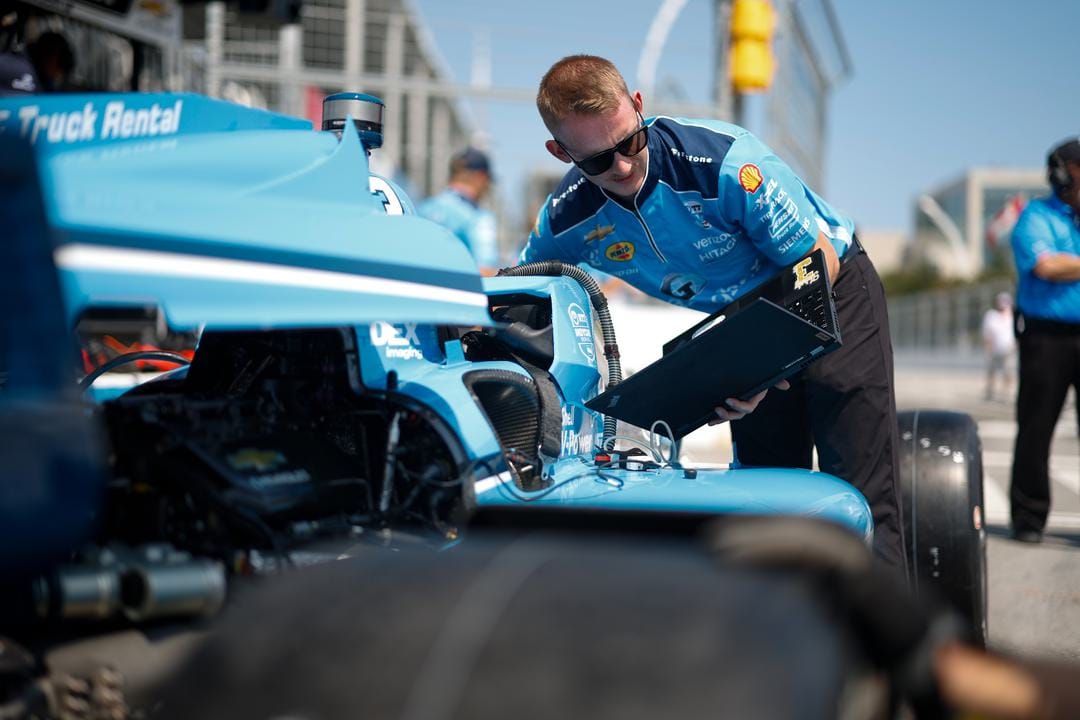
I understand that teams may not want to have an unknown driver join and then transfer the knowledge he has gained to another team later in the year, especially if that driver is racing for another manufacturer.
I don’t completely disagree that this could be an issue for teams to consider. But drivers and crew members often change teams in IndyCar, it’s part of the game. Also, even without this new backup driver setup, you can hire a replacement driver who signs with another team later in the year.
It’s a fair downside to consider, but it shouldn’t be decisive.
What are some of the benefits that can accrue to drivers?
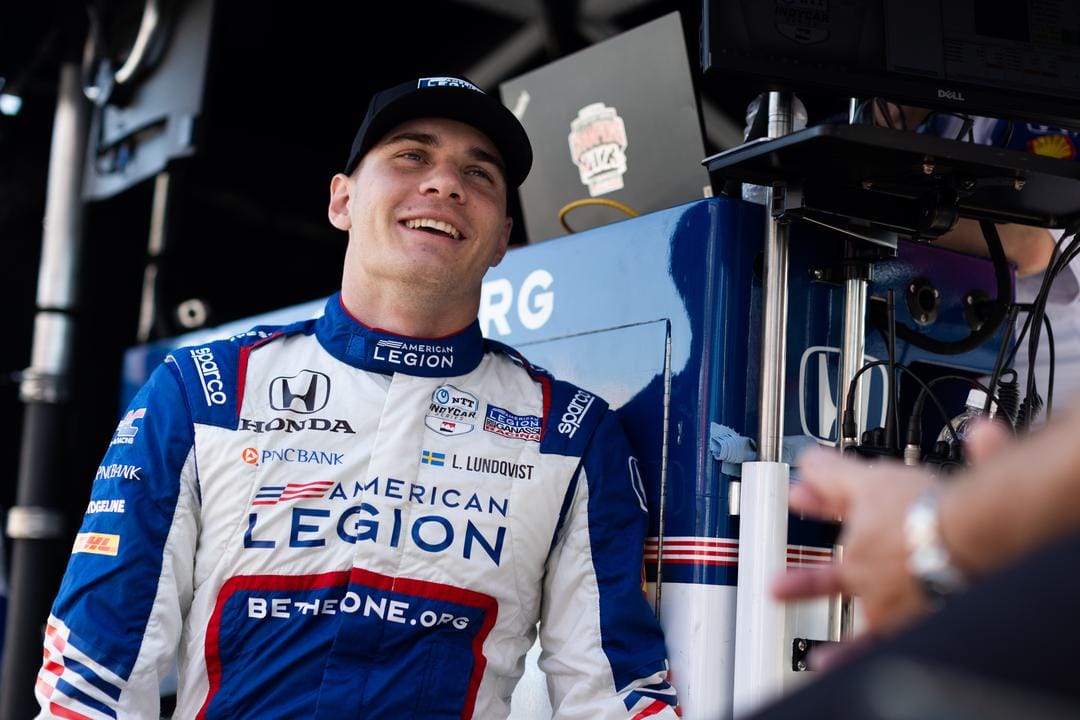
Being a reserve driver in IndyCar might be seen as detrimental to a driver’s career prospects, but I don’t necessarily think that’s fair.
Look at this year’s silly season. There are a lot of great drivers on the market but not enough seats, so someone has to miss out.
Staying in the pit lane would give any driver not selected for a seat the opportunity to continue meeting with team bosses and be prepared if the opportunity arose.
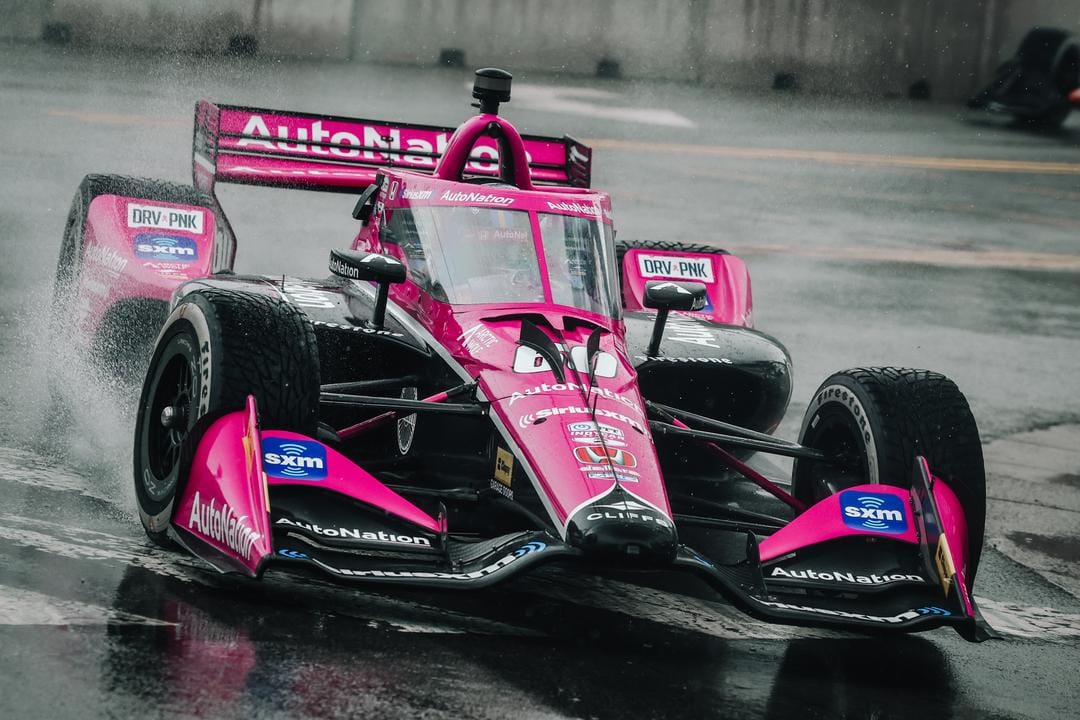
Look at what Linus Lundqvist did last year. He won the Indy Lights (now Indy NXT) championship in 2022, but he no longer had a seat in 2023. Then within a month of replacing Simon Pagenaud at Meyer-Schank in the second half of last season, he turned that into a seat at the series’ premier team, Ganassi, in 2024.
His story demonstrates the benefits of being a substitute driver in IndyCar racing.




